 In fact, I love chicken breast just about any way you want to fix it. But I don't care for dark meat. So when we pulled into Wendy's drive-thru recently and I saw they had a new item on the menu - Asian Chicken - my taste buds got excited. I read their description - plump and juicy all-white meat cut from 100% whole chicken breast - and I knew that it was going to be just the thing that satisfied my appetite.
In fact, I love chicken breast just about any way you want to fix it. But I don't care for dark meat. So when we pulled into Wendy's drive-thru recently and I saw they had a new item on the menu - Asian Chicken - my taste buds got excited. I read their description - plump and juicy all-white meat cut from 100% whole chicken breast - and I knew that it was going to be just the thing that satisfied my appetite.But instead of "Asian Chicken" showing on the order screen, I saw "Asian Wings". I told the young lady taking my order that I didn't order wings, I ordered the Asian Chicken made with chicken breast. She said, "Asian Chicken is wings." I again stated that I didn't want wings, I wanted the breast and she continued to insist that the Asian Chicken was wings.
Now I have cut up a chicken or three in my time and I guarantee you that the breasts of those chickens were not the wings of those chickens. To illustrate this, if you look closely at the two photos below, you will notice that the two photos are different. This is because the chicken breast and the chicken wing are two different things.
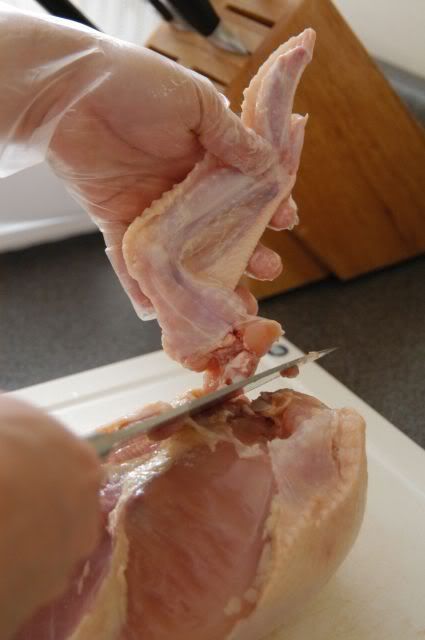 Chicken Wing
Chicken WingAs we pulled up to pay for our meals, I decided I would try again and I asked the person taking our money if they did indeed have Asian Chicken breasts as described (and shown in a photo) on the menu. I thought maybe the person taking the order was new and not yet familiar with the new items on their menu. I still really wanted that Asian Chicken, as long as it was made from the breast.
The money taker looked at me with a blank stare as if to say, "I have no freakin' idea. I just take the money." What she really said was, "I'm not sure what you're talking about, let me get a manager." Well, let me tell you, the manager was in no mood to deal with customers. He leaned out the window and in an exasperated tone of voice and with an equally exasperated look on his face, said to me, "What can I do for you?"
As Romie sat rolling his eyes, I once again asked about the Asian Chicken breast that I'd seen on the menu. "Is it wings or is it breast?" I asked, "Because a chicken wing is not the same thing as a chicken breast." He looked at me and said, "Correct."
Silent stares were exchanged between us. We were getting nowhere. Well, that's not entirely true, because I was getting more confused while the manager looked as if he understood everything just perfectly and what was my problem anyway?
At this point, he asked if I would like the 800 number for Wendy's, which I politely declined. I prefer to deal with corporate via e-mail. We paid for our order and proceeded to the next window, where the person who had taken our order thrust the bag containing our food at us and said, "Here." I think maybe I wasn't their favorite customer that day, but I honestly wanted to know just what the heck their Asian Chicken really was. Is it wings or is it breast?
We left Wendy's and I got my cell phone out and called my dad. In earlier years, my dad owned a grocery store and also did custom butchering. If anyone could clear this up, it would be my dad. "Dad? You know about parts of a chicken, don't you? The wings are dark meat and the breast is white meat, and they aren't the same parts, are they?"
Dad kind of laughed and said, "Do you really need me to tell you that?" I answered, "No, but maybe someone needs to tell Wendy's that."
 Now those of you who eat wings and don't give a hoot whether they're white or dark meat are probably thinking I'm making a big deal over this, but if you're a picky eater like I am and you know the difference between a wing and a breast, you'll understand the point of all of this. But right now, I'll cut to the chase. From what I can gather from their website, Wendy's takes white meat from a boneless chicken breast, cuts it up, lightly breads it, and cooks it in a sweet and spicy sauce, then calls it Asian Chicken wings even though it isn't really wings.
Now those of you who eat wings and don't give a hoot whether they're white or dark meat are probably thinking I'm making a big deal over this, but if you're a picky eater like I am and you know the difference between a wing and a breast, you'll understand the point of all of this. But right now, I'll cut to the chase. From what I can gather from their website, Wendy's takes white meat from a boneless chicken breast, cuts it up, lightly breads it, and cooks it in a sweet and spicy sauce, then calls it Asian Chicken wings even though it isn't really wings.To that, I can now only ask, "Why?"
As I was relaying this story to a good friend of ours, he said I should have asked the manager, "If your girlfriend asked you if you'd like to feel her breast, then gave you her arm, would you be happy with that?" I nearly choked on my hamburger.
____________
Photos of chicken parts from Cooking For Engineers.
Photos of Asian Chicken from Wendy's. Looks like breast to me. But it's wings. Sigh.










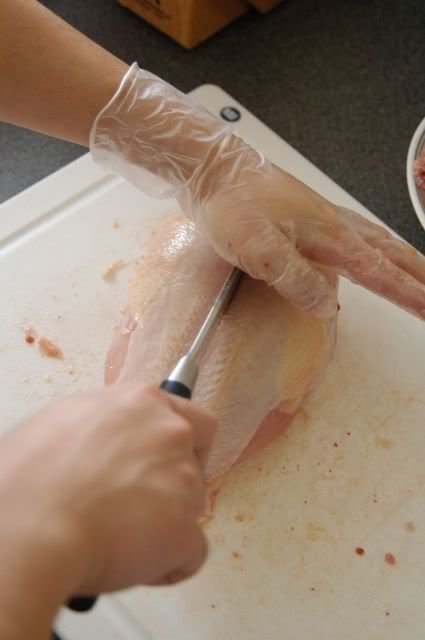
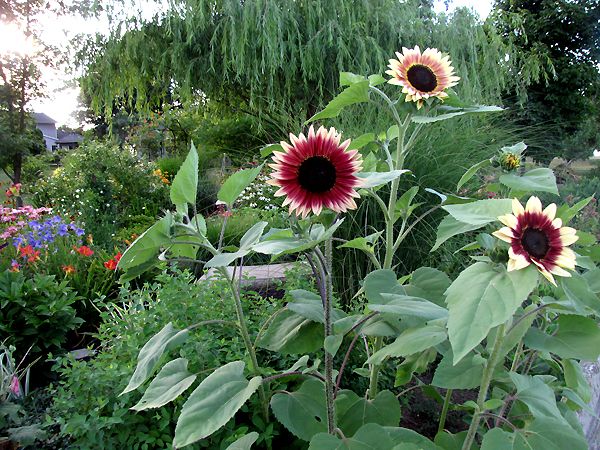

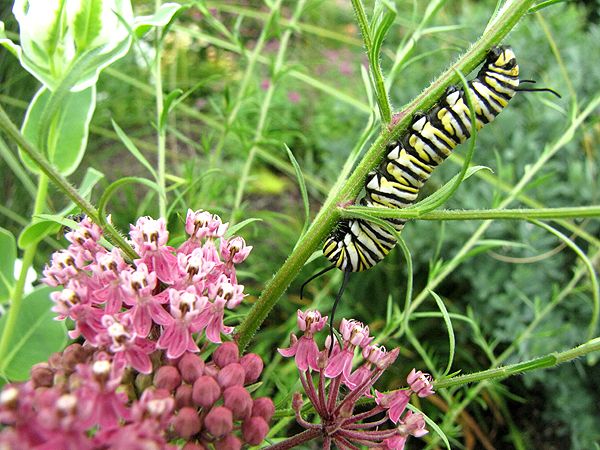
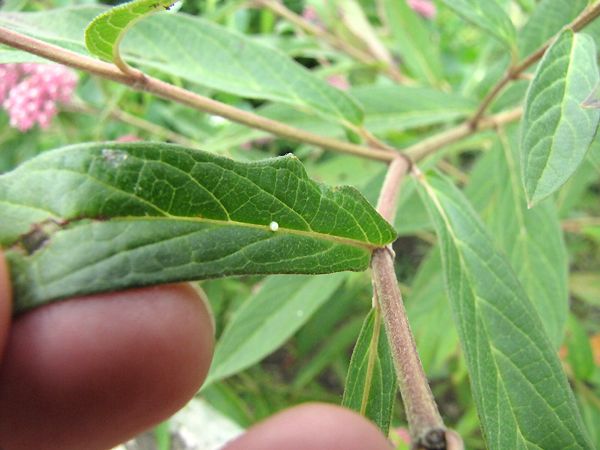
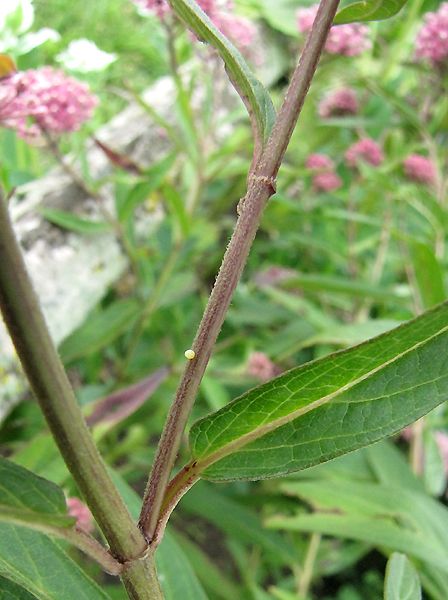
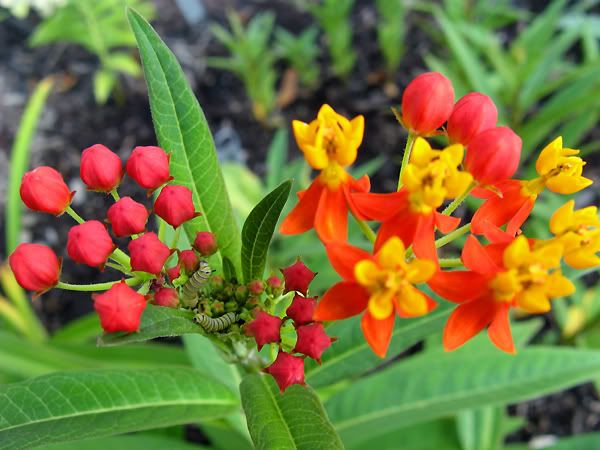
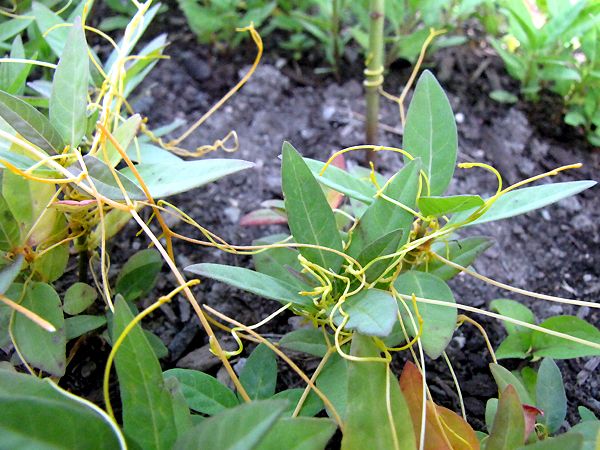
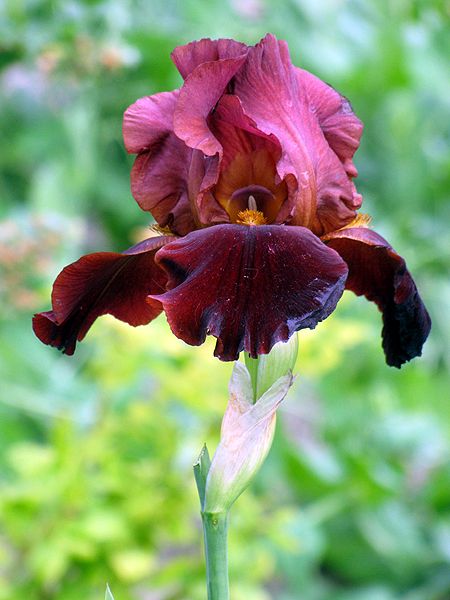
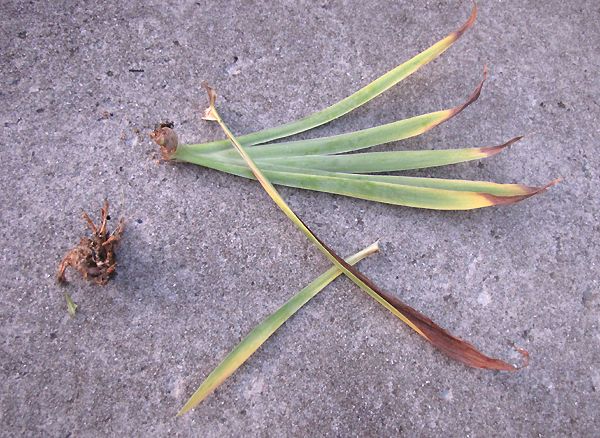
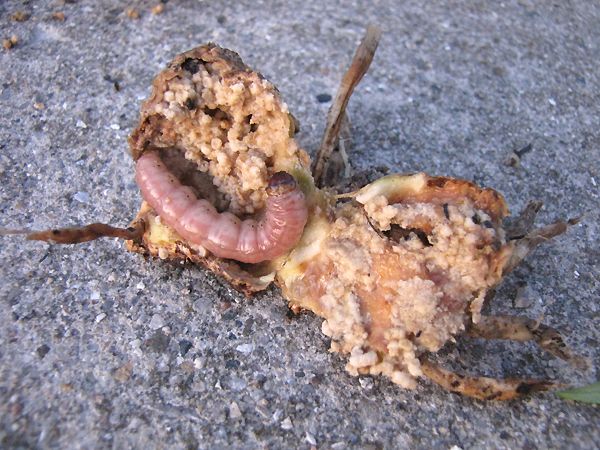
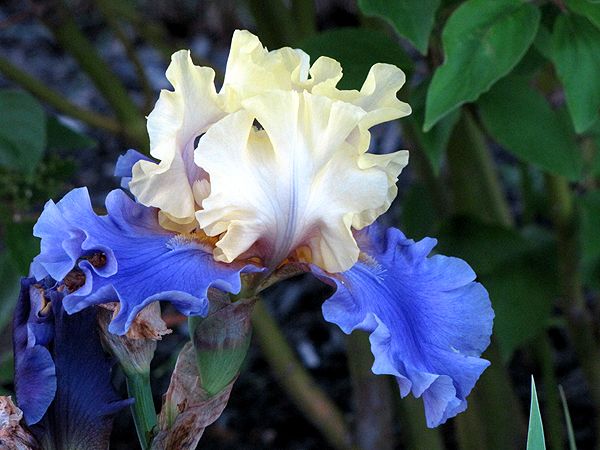
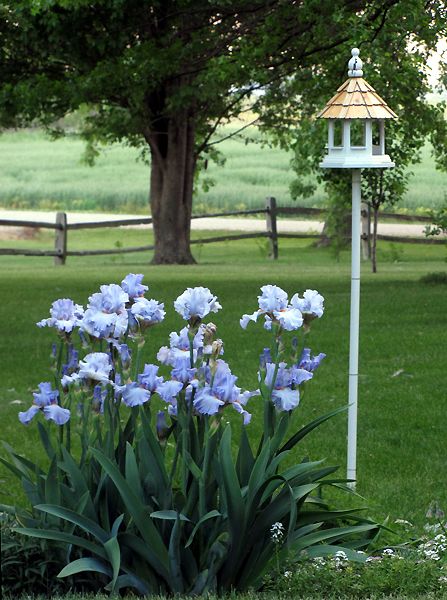
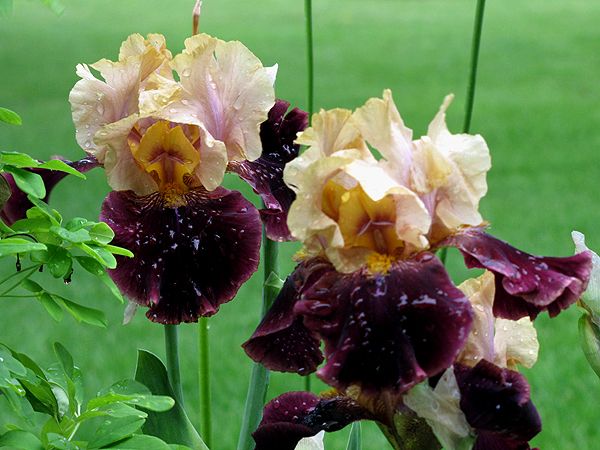
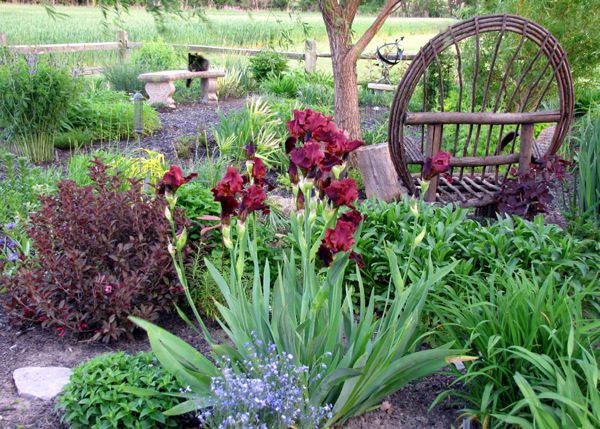
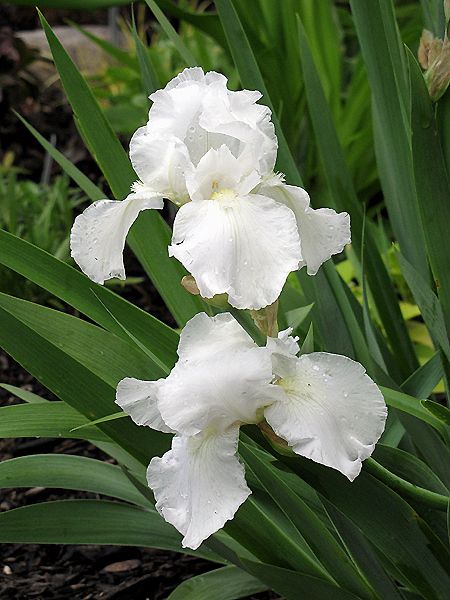
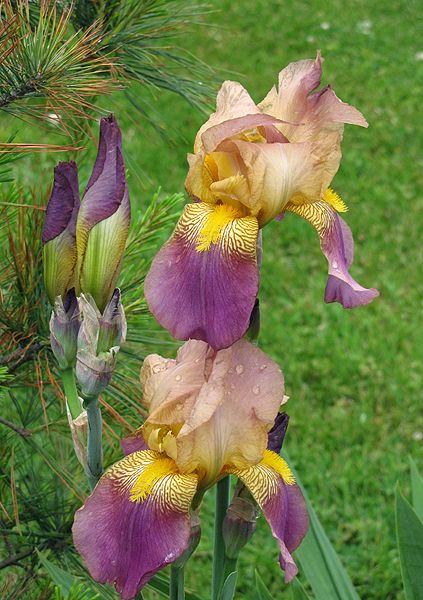
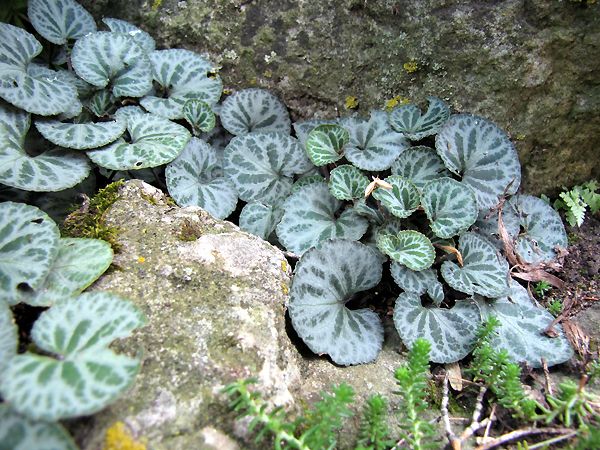

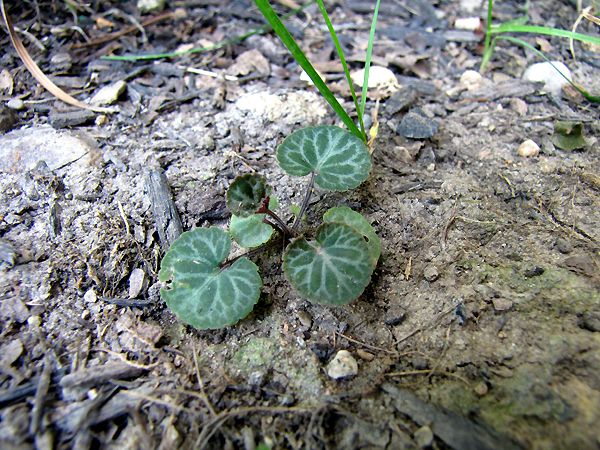
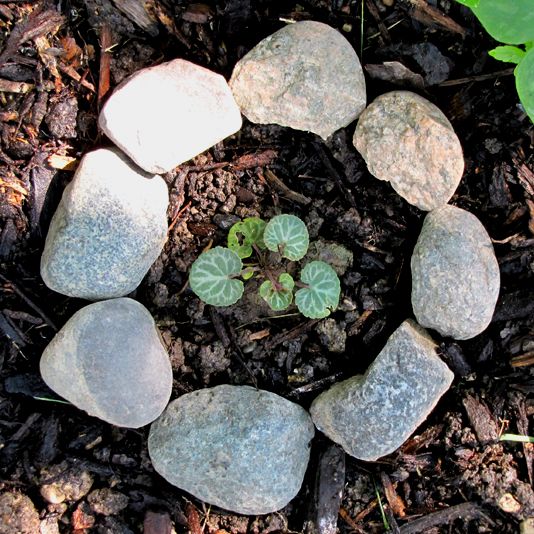
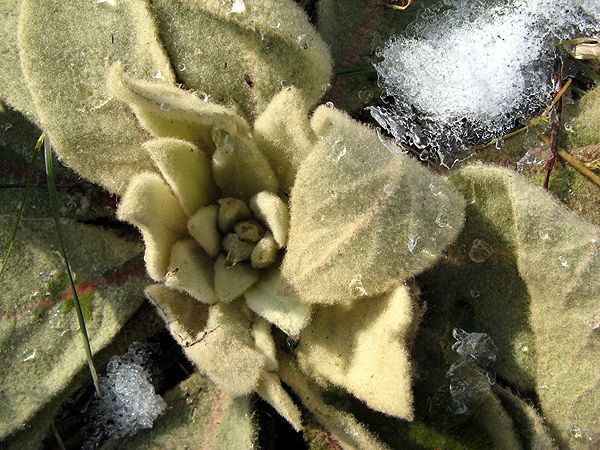
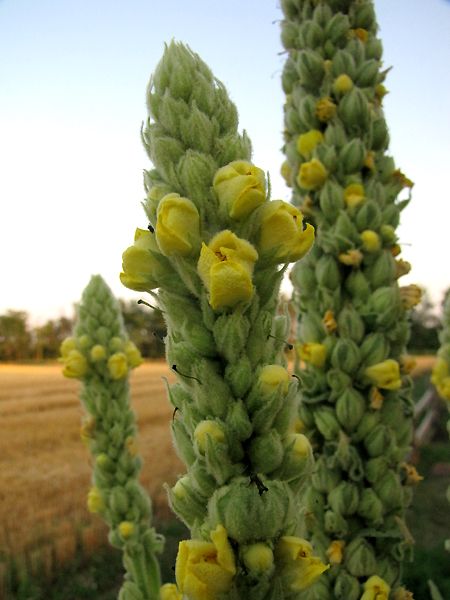

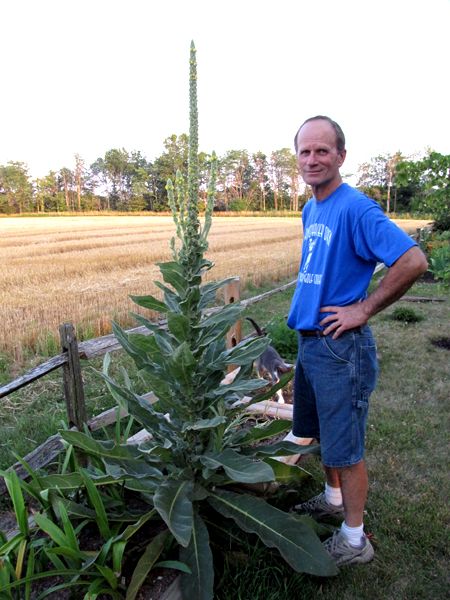

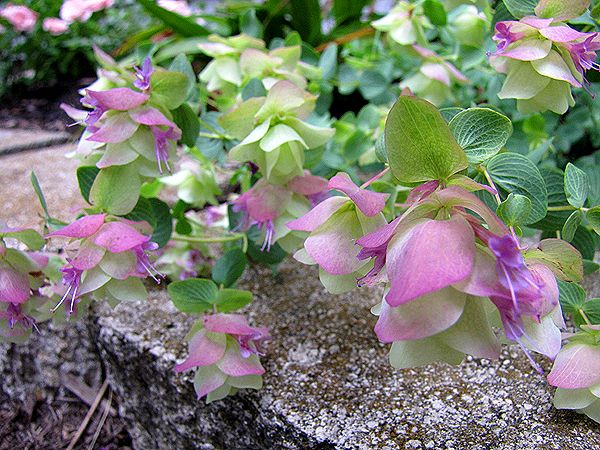
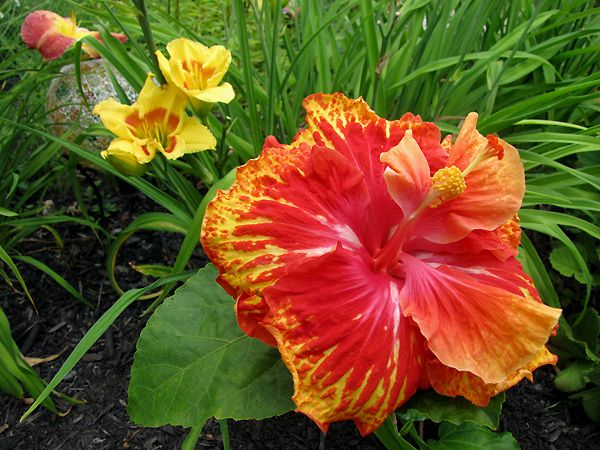
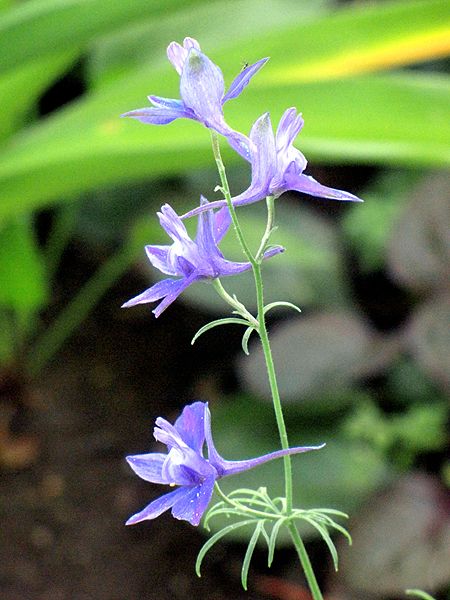
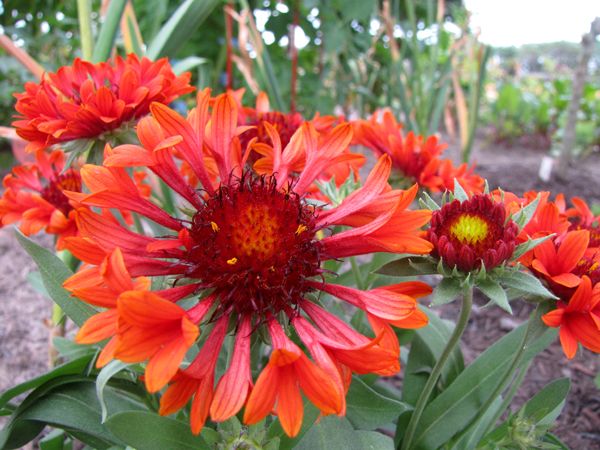
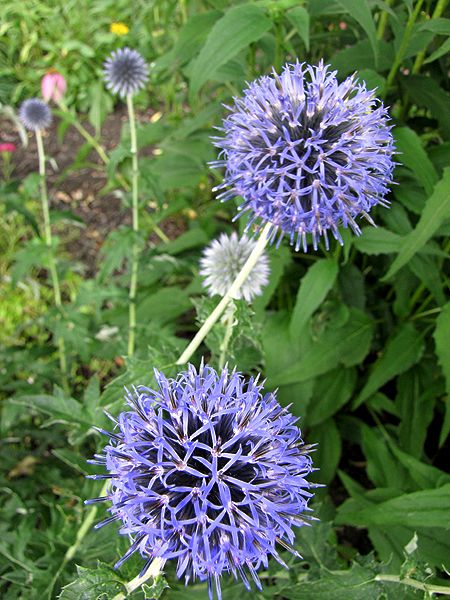
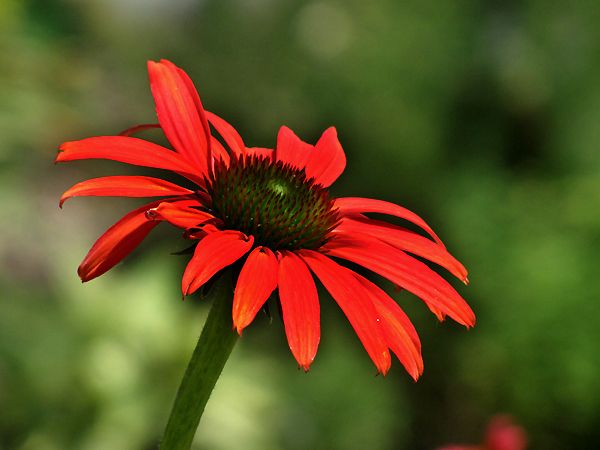
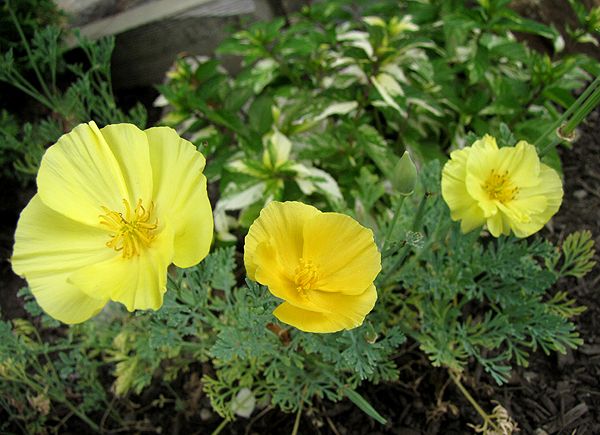
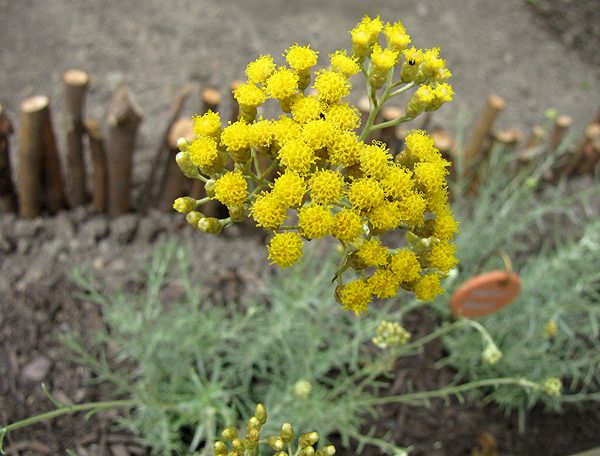
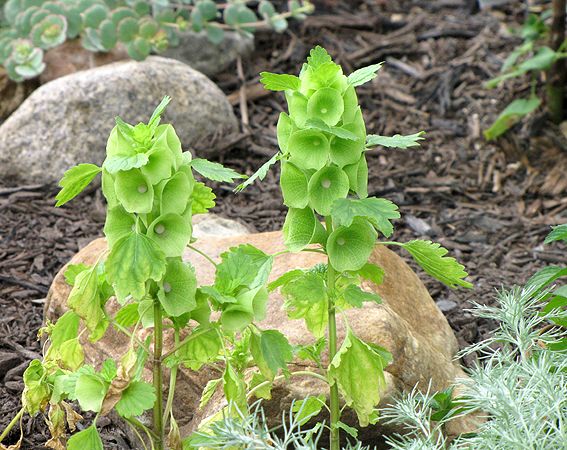


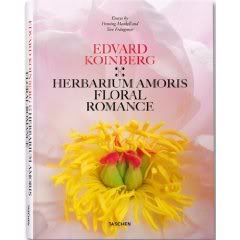
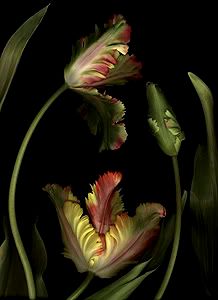





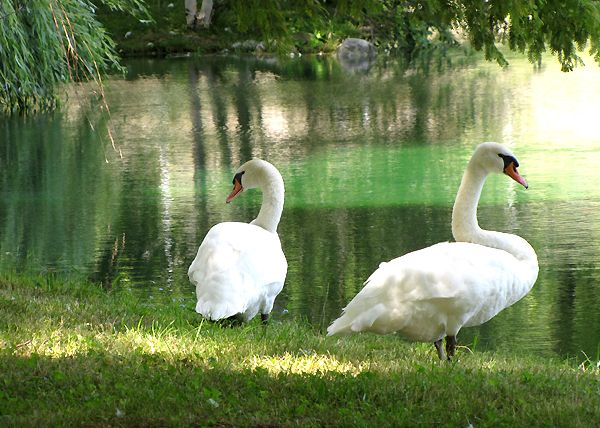

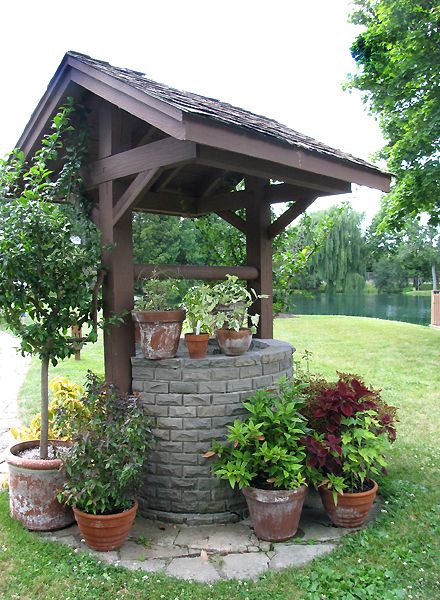
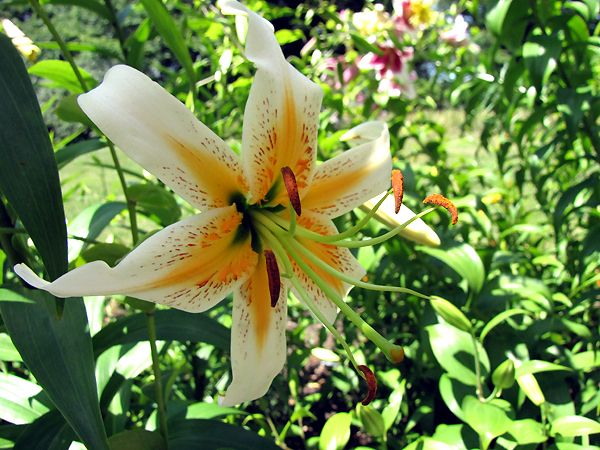
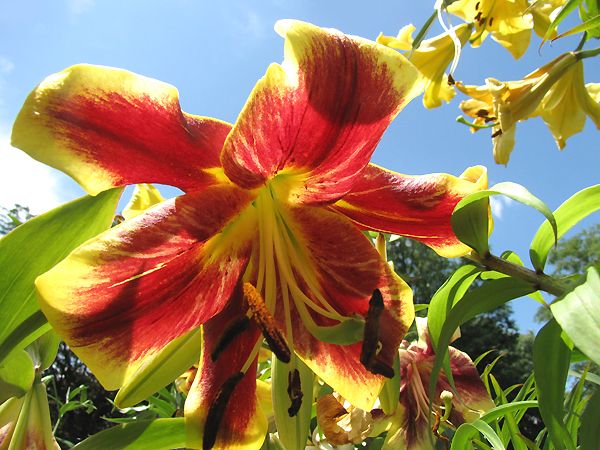

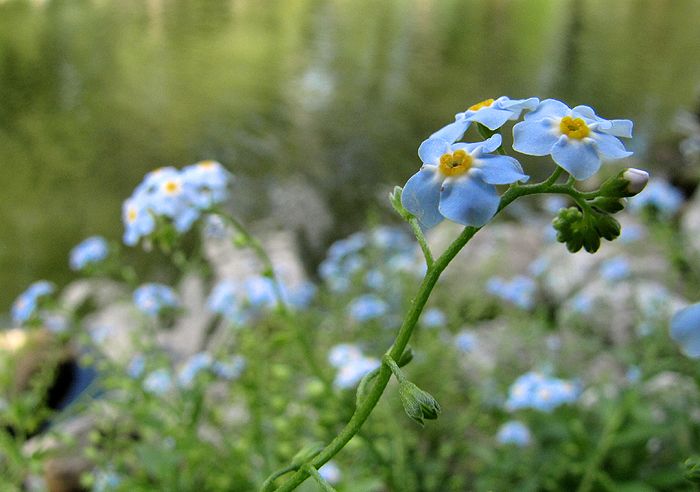


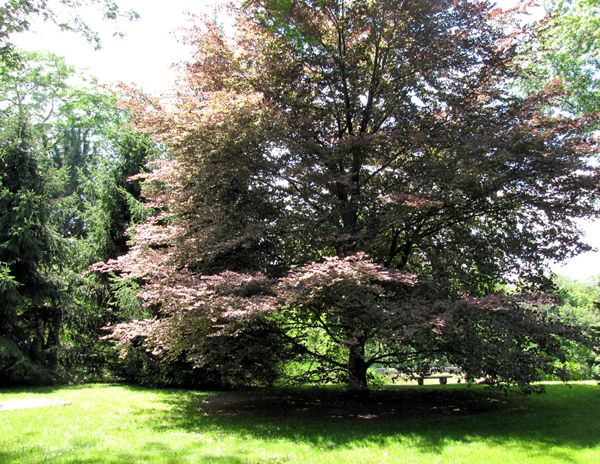
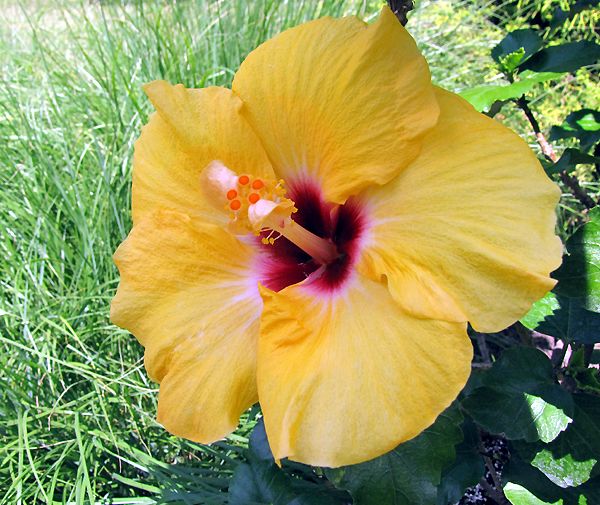

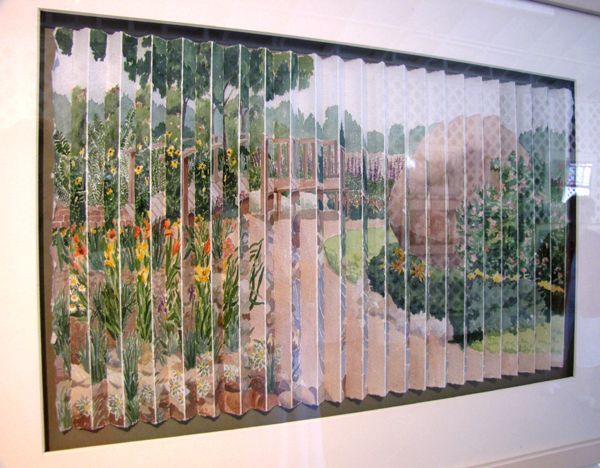
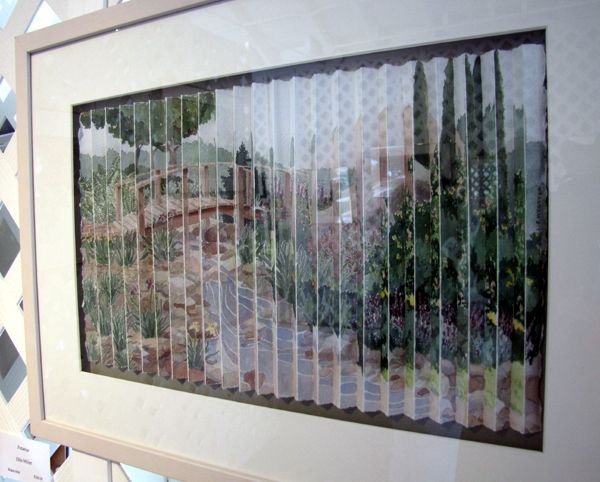







 "Bejeweled"
"Bejeweled"


